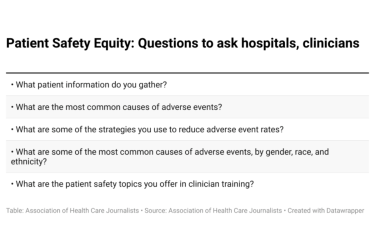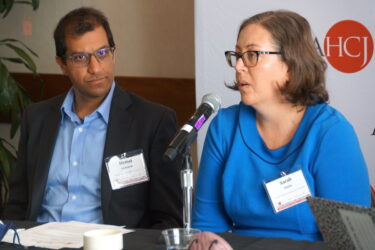
Reading through a recent story in the Philadelphia Daily News on lead plaguing the city’s houses, I realized the story had the same hard-driving investigative feel that I had read before.
The story, “Philly’s shame: City ignores thousands of poisoned kids,” paints a compelling multimedia picture of the historic city and the challenges it faces dealing with older homes shedding lead-tainted paint.
Then it hit me. The authors – Barbara Laker and Wendy Ruderman – were the dynamic duo who won the Pulitzer Prize for their work covering a rogue narcotics police unit in the city, leading to their book, “Busted.” For their latest project, the pair was joined by another Pulitzer alumnus, Philadelphia Inquirer‘s Dylan Purcell, to examine hundreds of cases of lead contamination and poisoning.
They made a startling find: thousands of children in their city still were being poisoned. In the wake of the lead water crisis in Flint, Michigan, the team found a crisis in their community that was afflicting children at a far higher rate than even the Detroit suburb of Flint.
“In Michigan, the remedy was switching back to a safe water source. Here, where the main culprit for this quiet and chronic scourge is deteriorating lead paint in old homes, the fix is elusive,” they wrote.
“Lead poisoning can be prevented, and cases have dropped sharply here and across the country,” they noted. “Yet Philadelphia continues to struggle to eradicate the problem, especially in the city’s poorest neighborhoods. In some stubborn pockets of the city, as many as one out of five children under age 6 have high lead levels.”
Their work not only drew gasps it demanded attention from officials and pledges of action. This Pulitzer Prize-winning trio isn’t letting their project go without a follow-up, and is hard at work on the series. Another installment planned soon.
Check out their new How We Did It article for AHCJ to learn how they pulled together the initial piece.









